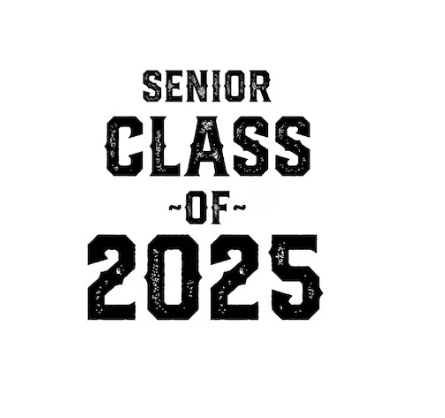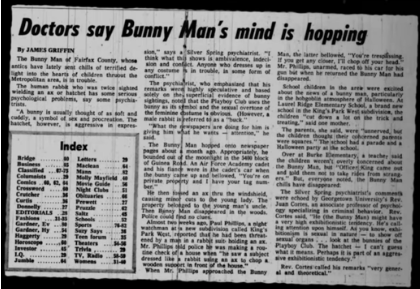Educators Introduce Unique Way of Grading
Most teachers and students are used to the traditional standards-referenced grading style, but there is another way of grading teachers can use called standards-based grading.
Mr. Chris Pierce is an Algebra I and II, Math Prep, AFDA, Geometry, Advanced Math, Discrete Math, and Elementary Functions teacher in the math department and has been using standards-based grading for 6-7 years now. Mr. Biskup, another math teacher at Liberty, has recently started using standards-based grading too.
“One weekend, I spent about 12 hours reading blogs on this new grading system I was unaware of. Briefly after reading, I switched from the traditional way of grading. I was getting frustrated with grades and I was tired of watching my kids give up or quit because of previous failures,” said math teacher Mr. Pierce.
Standards-referenced grading (SRG) focuses on measuring the students’ knowledge on a specific set of outcomes. Typically the number scale grade ranges from 1-100. The scale grade is translated at the end of each semester into a traditional letter grade to determine their grade point average (GPA). Standards-based grading (SBG) is a system of instructions, assessments, and academic reports that are based upon the students being able to demonstrate their understanding or how well they have mastered a skill or topic.
In other words, SRG means what is taught by the teachers is from the standards they are given and required to teach, they then test the students on the material, and move onto the next unit, while SBG refers to the teachers teaching the standards and taking the extra time to practice making sure the students learn what they were taught and actually achieve the expected standards.
“The definition of standards-based grading to me is focusing on my students taking in, learning, and understanding the material I teach at a pace that they understand,” said Mr. Pierce.
Both grading styles are offered to grades Kindergarten through 12. SBG is more commonly used in elementary schools, but it is becoming more used in middle and high schools.
The goals of each grading style differ. Standards-referenced tries to clearly communicate to students and their parents what is expected from the students and how to help them become more successful in their educational journey. Standards-based wants to make sure students are mastering the knowledge and skills that are believed to be important in succeeding in not only school but in higher education, careers, and adult life.
SBG uses a system called “learning standards” to provide an equal baseline that is consistent for all students at a particular educational level. The system explains the expectations and material that students should know at each point. Teachers’ instructions and lesson plans are guided by these standards and they’ll work to make sure the students have the time to actually learn the expected standards before the course is over. This system gives students an advantage of being able to easily see what topics they know and understand well and which topics they need to focus on more to improve.
“Using this system of grading is great, It clearly shows how and where the students should study to improve or what they’ve got mastered and students understand all the material, it’s extremely powerful. It is not only a good feeling for the students but me as well,” said Mr. Pierce.
If students fail to meet the expected level, they have the availability to receive additional instructions, practice time, and academic support to achieve or meet the learning expectations. Students who have teachers that use standards based grading get the advantage to retake tests and quizzes, redo assignments, or get additional help they need to be able to demonstrate they have learned what was expected.
“I’m patient with my students learning pace, everyone is different. If students would like to retake a quiz or an assignment to prove they have learned more and improved since they first took the quiz, I allow it. What I like most about giving retries is once students get it, they’ve got it. They don’t get to give up or quit on that topic because they didn’t pass or the unit is over. I also allow my kids to work together to figure problems out. I think interaction and communication in math is important because it’s not always easy,” said Mr. Pierce.
When students receive their report cards the traditional way, they get a simple letter based on a scale of 1-100. Above-90 is an A, 89-80 is a B, 79-70 is a C, 69-60 is a D, and 59 and below is an F. Report cards are broken up between quarters or a term, semester, and a final course grade and their class grades are averaged based on their work in a certain period of time.
Students who have SBG as their grading style will receive a “progress report” which is a list of learning standards and a number on a scale of 1-4, showing how well they have mastered a certain topic based off of where they are expected to be because their “grades” are based on the average of all the work they have completed so far. 4 being the student has mastered the topic and 1 being the skill needs to be more focused on to improve the score.
If only test scores and assignments were added and averaged out, teachers do not know most of the time what specific standards students have not mastered yet.
Teachers that choose to use standards-based only “pass” the assessment or class after showing that they have learned the skills and knowledge needed by the standards.
There are many benefits to teachers and students using SBG
- It provides meaning to students grades. Students get the chance to understand why they receive the grades they did and the breakdown of how they did on each standard, instead of getting a letter with no explanation.
- It keeps students and teachers accountable. With specific learning standards expected from the beginning of the class the teacher knows what they are expected to teach. With teachers using consistent assessments, the teachers and students know their progression on each learning target to help ensure the students understanding of the topic by the end of the course.
- Everyone receives better feedback for improvement. Grades are broken up into many different different learning standards so students can immediately see the areas they need to improve upon. Teachers also get to see where the majority of the students are in an area. If they see the majority of the class in lacking understandment in one standard, they can improve their instruction and focus on that one standard more while moving forward.
- Allows different instructions for students. Learning standards and frequent formative assessments, the teacher knows what level each student has reached. The teacher can give different leveled assignments to different groups of students based at their own mastery level.
- Students can become more self-motivated. The goal of SBG is based upon student mastery and understanding rather than getting the main points and moving on. Students become more motivated to understand the material being taught. The “Will this be graded?” question slowly starts to be replaced with questions to better understand the material.
- It tracks the students standards mastery. Teachers who use standards-based grading are able to focus their instruction and progress around how students are mastering the content required for each standard.
“My overall thought is that I love using standards-based grading. I think it gives students more of an opportunity that is needed sometimes to understand the material,” said Mr. Pierce.






Dally • Mar 11, 2020 at 9:36 pm
I experienced mr pierces form of grading and at first I didn’t like it but it was really helpful in the end
Grace Derby • Mar 5, 2020 at 1:49 pm
I love this system it sounds great that we are based on how we do things than how well we do on tests.
Karlee • Feb 18, 2020 at 12:39 pm
i love that this is happening because for me it is really hard to keep up with my grades most of all math. I get so confused about some of the material and this is a great way to help with that.
Bailey Allen • Feb 4, 2020 at 1:11 pm
Its so good that teachers give students other options for grading. Sometimes It hard to keep up with grades especially in math if you don’t understand the material. Great article and information!
melanie • Feb 3, 2020 at 1:12 pm
This is a unique way of grading and it’s really different, I like it. Great article!
Crystal Moyer • Jan 29, 2020 at 2:34 pm
Love this! I got to work with Mr. Pierce during the Fall semester and I loved the way his grading system inspired students to keep trying. Great article!
Dallas Alphonso • Jan 24, 2020 at 10:29 am
cool!